
When I think of autumn I think of maple trees and all the glorious and vivid colors their leaves turn come the cooler weather. The maple's wood is very hard and pale and very, very strong. Striped maple wood is known as "whistlewood" as its outer bark is easy to peel off and was used to make wooden whistles, musical instruments and violin cases. The tree is also known as "moosewood" as moose very much enjoy nibbling on the tree's tender young shoots in the springtime. As everyone knows, the tree's sap is used to make pure maple syrup (with sugar maples being the most prolific variety) and as the annual "sugaring off" coincides with the vernal equinox, this tree is a popular choice for Ostara celebrations. During the early settling of North America, the maple and its sap figured prominently in the settlers' diets. Surprisingly, the sugar maple was not seen in Britain prior to 1735 and in the beginning was used mainly as a hedgerow tree.
It is said that if you place a bough of maple in your home you will protect it from an infestation of bats. Also, if you pass an infant or young child through the branches of a maple tree, you will bring to the child excellent health and a long life. Maple brings success and abundance.
Maple is used in ritual and spellwork to attract love, to work with the faery realm and the wood is an excellent and powerful choice for wands. In terms of the maple's powers, it aids in communication, grounding, bringing and maintaining balance, longevity, transformation and wisdom, to name but a few of its many abilities. The maple tree's energy is masculine and it vibrates to the elements of air and earth. The maple is ruled by the planet Jupiter.
Photo courtesy of JGrana on flickr.
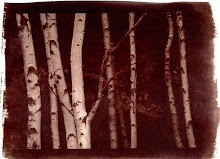








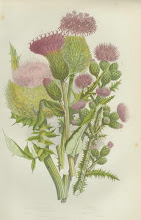
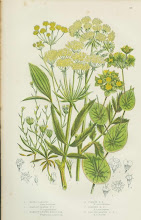
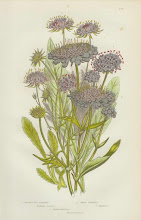
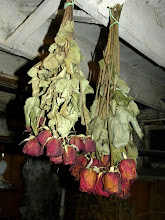
No comments:
Post a Comment